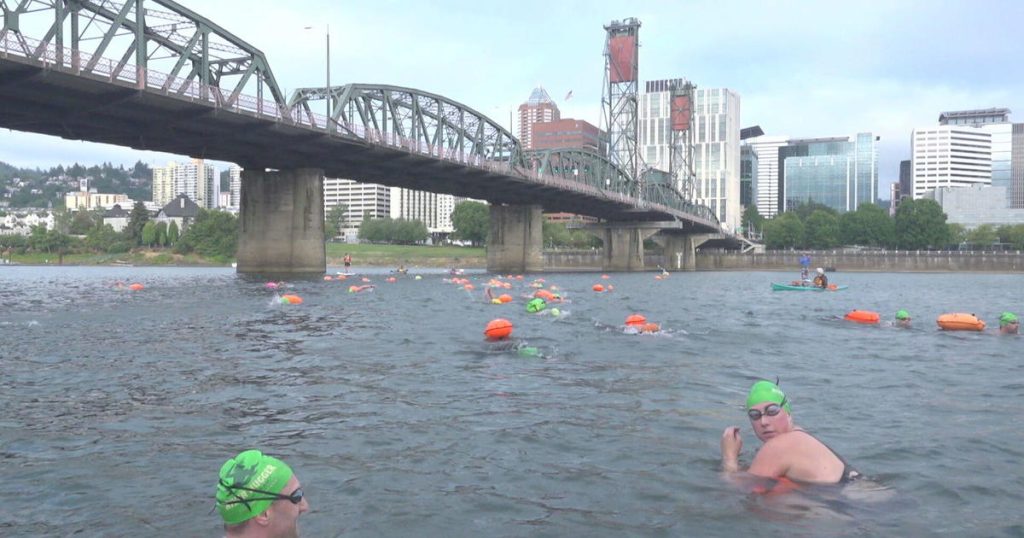In Portland, Oregon, the Willamette River was once contaminated with raw sewage and closed for swimming since 1924. However, efforts led by Willie Levenson of the Human Access Project have transformed the river into a vibrant recreational space. A $1.4 billion pipe project helped clean up the river, and initiatives like the annual inner tube parade known as “The Big Float” have brought thousands of people to the water, making the river a central party location. This shift in perception has led residents to feel more connected to their city and has made the river swimmable again since 2012.
Nick Wesley, founder of Urban Rivers in Chicago, is also working to transform the Chicago River into a recreational space. He believes that within 10 years, it will become more common to see people swimming in the river. Wesley highlights the untapped potential of urban waterways and aims to bring about a cultural shift in how people perceive rivers. While the idea of an urban river renaissance shows promise for cities like Chicago and Portland, there is still much work to be done, with 50% of the 3.5 million miles of U.S. rivers being too polluted for fishing, boating, or swimming.
Efforts to revitalize urban rivers began with the 1972 Clean Water Act and continue with river renaissance projects in cities like Los Angeles, Boston, Atlanta, and New York. The Environmental Protection Agency acknowledges the importance of these initiatives in restoring and protecting rivers. American Rivers, a group focusing on river conservation, emphasizes the power of communities coming together to love and care for their rivers. Whether through cultural shifts or community engagement, there is a growing movement to reclaim urban rivers as valuable recreational spaces for residents.
In Chicago, plans to host the first swim in the Chicago River were stalled due to permit issues, leading organizers to relocate to Lake Michigan. Despite this setback, the determination to make the Chicago River swimmable remains strong, with hopes to host the swim in the river next year. Levenson, who flew in from Portland to support the effort, believes that once the Chicago River becomes a part of the city’s culture, there will be a newfound sense of joy and connection to the river. The success of similar initiatives in Portland demonstrates the transformative power of reclaiming urban rivers for recreational use and community bonding.
Jim Axelrod, chief correspondent for CBS News’ “Eye on America” franchise, highlights the inspiring efforts to revitalize urban rivers like the Willamette in Portland and the Chicago River. These success stories serve as models for other cities looking to reclaim neglected waterways for recreational use and community engagement. As the movement for urban river renaissance gains momentum, there is hope for restoring polluted rivers and reshaping how people view these valuable resources. By fostering a sense of pride and connection to urban rivers, communities can create vibrant recreational spaces that enhance quality of life and promote environmental conservation.


